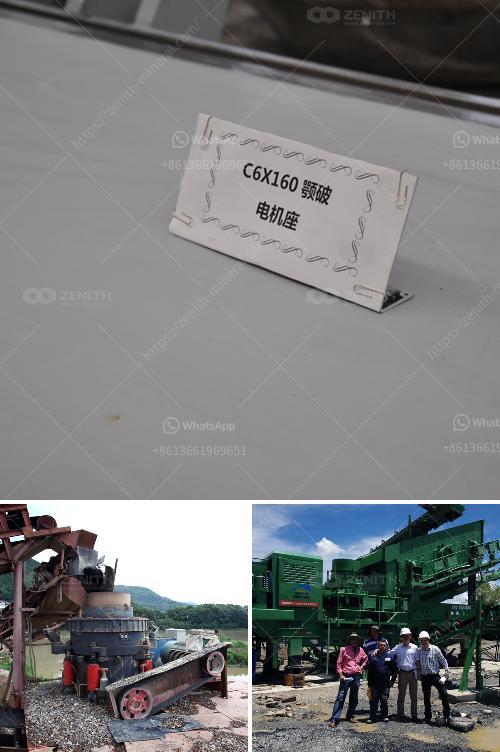A sand washing machine typically works by moving sand through a series of processes to remove impurities and improve the quality of the sand. Here’s a broad step-by-step outline of how a typical sand washing machine operates:
Feeding: The sand is fed into the washing machine, usually by a conveyor belt or a feeder.
Scrubbing: The sand is agitated, often by a rotating drum, to loosen and remove impurities such as clay, silt, and other organic materials.
Washing: Clean water is sprayed onto the sand as it moves through the machine. This helps in the further removal of impurities and ensures thorough cleaning.
Sieving & Classifying: The washed sand is then passed through various screens or sieves to classify it by particle size. This helps in obtaining sand of a consistent quality and desired size.
Dewatering: The sand, now cleaned and classified, is moved to a dewatering screen or tank where excess water is removed.
Discharge: Finally, the cleaned and dewatered sand is discharged from the machine, ready for use in various applications, such as construction, glassmaking, or other industrial processes.
Throughout this process, some machines may have additional features such as recycling water to be more environmentally friendly and cost-effective, or specific settings to handle different types of sand and levels of impurities.

